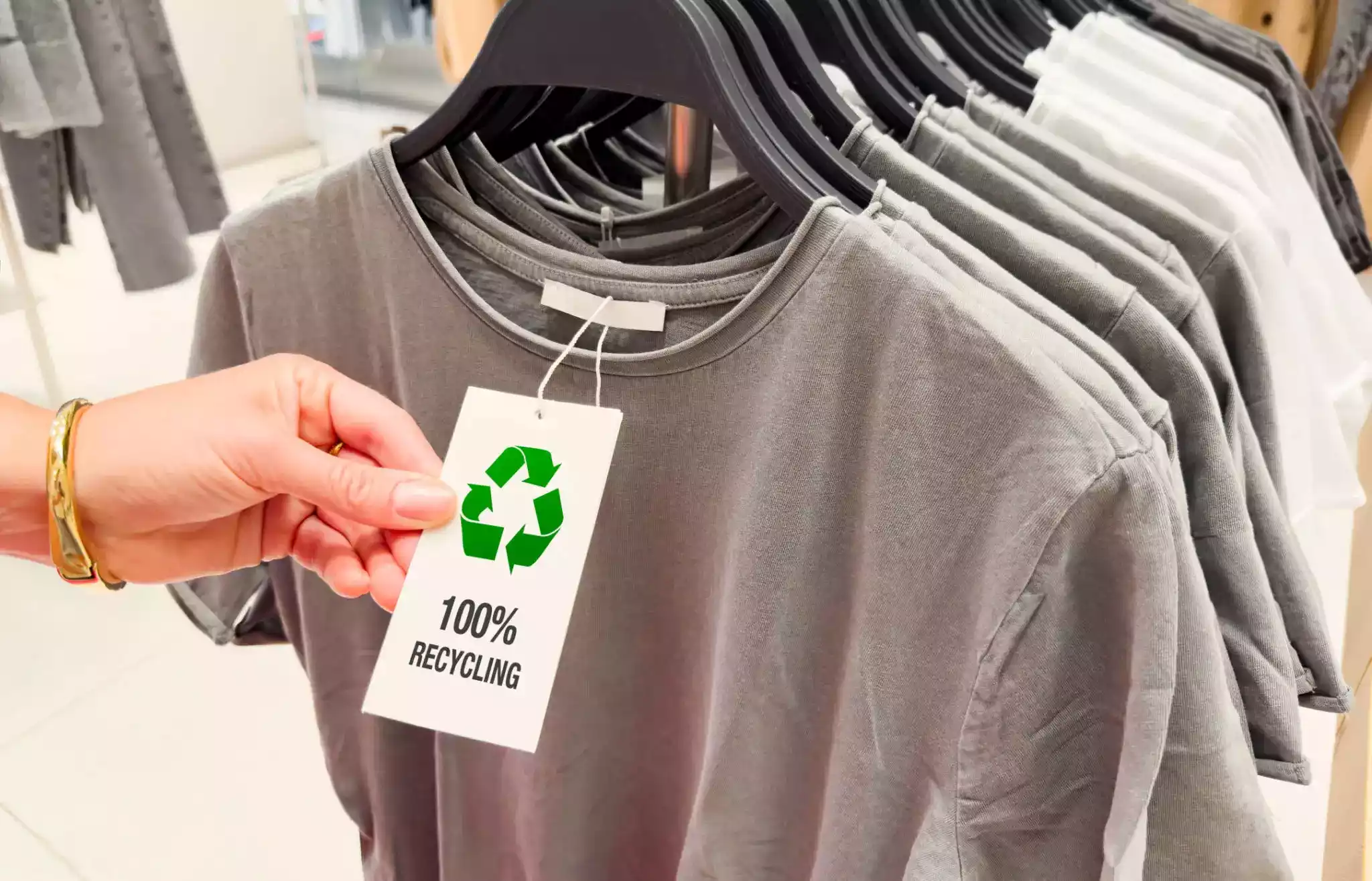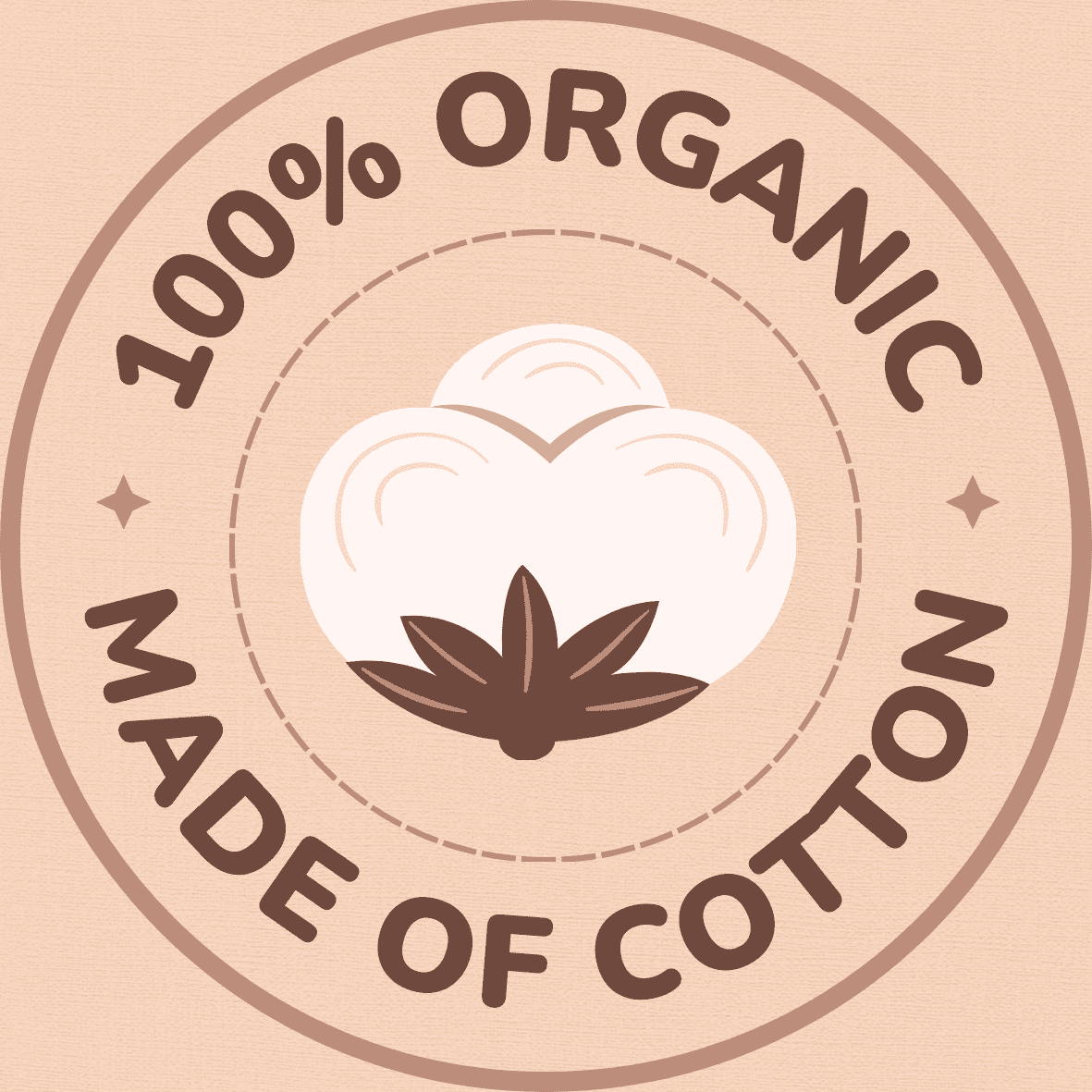Delve into the art of fabric knitting and appreciate the intricate craftsmanship behind garments that offer both style and comfort.
The History of Knitting: A Journey through Time
Knitting, a craft that has been passed down through generations, has a fascinating history that spans centuries. It is believed that the art of knitting originated in the Middle East as early as the 5th century AD. However, it wasn’t until the 14th century that knitting made its way to Europe and became a prominent skill.
Initially, knitting was primarily used to create fabric for functional purposes, such as warm clothing and household items. The intricacy and versatility of knitted fabric soon caught the attention of the fashion industry, leading to its inclusion in high-end garments and accessories. Throughout history, knitting techniques and styles have evolved, influenced by the cultural aesthetics and fashion trends of different regions. Today, knitting is not only a means of creating beautiful fabric, but also a beloved hobby and creative outlet for individuals around the world.
• Knitting originated in the Middle East as early as the 5th century AD.
• It made its way to Europe and became prominent in the 14th century.
• Initially, knitting was used for functional purposes such as warm clothing and household items.
• The fashion industry recognized the intricacy and versatility of knitted fabric, leading to its inclusion in high-end garments and accessories.
• Throughout history, knitting techniques and styles have evolved, influenced by cultural aesthetics and fashion trends.
• Today, knitting is not only a means of creating beautiful fabric but also a beloved hobby and creative outlet for individuals worldwide.
Understanding the Different Types of Knitting Stitches
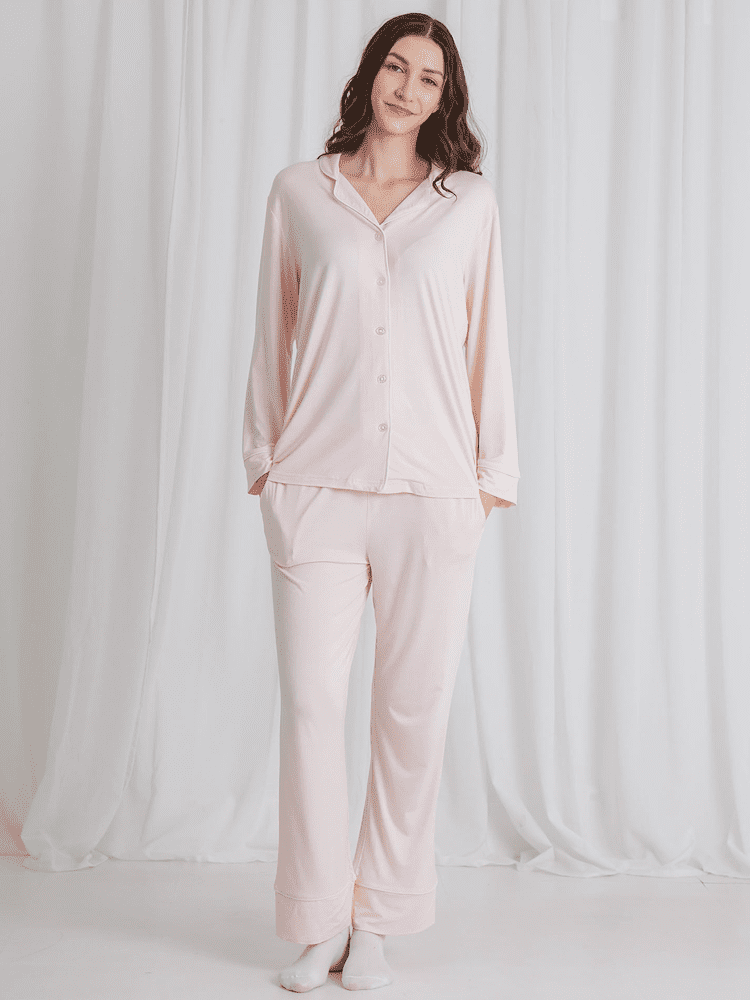
When it comes to knitting, understanding the different types of stitches is essential for creating various textures and patterns in your knitted fabric. From basic stitches like the knit and purl to more complex stitches like cables and bobbles, each stitch adds a unique dimension to your knitting projects.
One of the most commonly used stitches in knitting is the knit stitch. This stitch creates a smooth and flat surface on the right side of the fabric, with a series of neat V-shaped loops. The purl stitch, on the other hand, creates a bumpy texture on the right side of the fabric, with a series of raised bumps. By combining these two simple stitches in different ways, you can create a wide range of patterns and designs, from simple stockinette stitch to more intricate ribbing and seed stitch.
As you delve further into the world of knitting, you’ll come across a whole array of stitches that can be used to add more texture, color, and interest to your knitted fabric. Some popular examples include the cable stitch, which creates a twisted, rope-like pattern; the lace stitch, which creates an intricate and openwork design; and the bobble stitch, which produces small, puffy dots on the fabric. By mastering these different stitches, you’ll be able to bring your knitting projects to life and transform them into unique and beautiful creations.
Exploring the Wide Range of Yarns and Fibers for Knitting
When it comes to knitting, one of the most important factors to consider is the type of yarn and fiber used. The wide range of options available allows knitters to create unique and stunning knitted fabrics. Each yarn and fiber brings its own distinct characteristics, such as texture, color, and drape, to the finished piece.
Natural fibers, such as wool, cotton, and silk, are popular choices among knitters. Wool is known for its warmth and elasticity, making it ideal for cozy sweaters and accessories. Cotton, on the other hand, provides a lighter and breathable option, perfect for summer garments. Silk, with its luxurious feel and sheen, adds a touch of elegance to any knitted project.
In addition to natural fibers, there are also synthetic ones like acrylic and polyester. These yarns offer durability and easy-care properties, making them suitable for everyday wear. Acrylic yarns come in a wide variety of colors and are often the go-to choice for beginners due to their affordability. Polyester, on the other hand, provides a lightweight option that is resistant to wrinkles and can retain its shape well.
As knitters delve into the world of yarns and fibers, they will discover an array of blends and specialty yarns. Blends combine different fibers to take advantage of their individual qualities, creating unique textures and finishes. Specialty yarns, such as mohair or bamboo, add interesting elements and textures to knitted fabrics, allowing for endless creative possibilities.
Exploring the wide range of yarns and fibers available for knitting is an exciting adventure for any knitting enthusiast. With so many options to choose from, knitters can experiment and create beautifully crafted pieces that not only showcase their skills but also reflect their personal style. Whether opting for natural fibers, synthetic yarns, or blends, the choice of yarn and fiber plays a crucial role in bringing knitted projects to life.
Essential Tools and Equipment for Knitting Enthusiasts
To embark on your knitting journey, it is essential to equip yourself with the necessary tools and equipment. While there are countless options available, some key items are indispensable for knitting enthusiasts. The first and most crucial tool is a set of knitting needles. These come in various types, including straight needles, circular needles, and double-pointed needles. Choosing the right needles depends on the project at hand. For instance, circular needles are ideal for knitting in the round, while straight needles are best for flat projects. Mastering the art of knitting also requires the appropriate yarn. Yarn is available in various compositions, such as wool, cotton, acrylic, and blends. Each type of yarn possesses unique qualities, affecting factors like softness, warmth, and durability. When selecting yarn, consider the characteristics necessary for your project, whether it be a cozy winter sweater or a delicate lace shawl. Lastly, a few essential accessories, such as stitch markers, a measuring tape, and a yarn needle, are essential for ensuring accurate measurements and neat finishing touches.
To enhance your knitting experience and delve deeper into the craft, consider investing in additional tools and equipment. If you are interested in creating intricate designs and patterns, a set of cable needles will be invaluable. These specialized needles assist in forming beautiful twists and braids in your work. Likewise, a set of stitch holders or safety pins allows you to put aside certain stitches while you focus on others, maintaining order in your knitting. Additionally, a row counter or stitch counter can be immensely beneficial in keeping track of your progress and ensuring precision. For projects involving multiple colors, having a collection of knitting bobbins or small yarn skeins is crucial for managing the different strands and preventing tangles. Finally, if you aspire to experiment with different knitting techniques, consider investing in a loom or warp knitting machine. These tools open up new possibilities, allowing you to create intricate warp knitted fabric and explore the wonders of this technique. By acquiring these essential tools and equipment, you will be well-prepared to embark on your knitting adventure.
Mastering the Basic Techniques of Knitting: Casting On and Binding Off
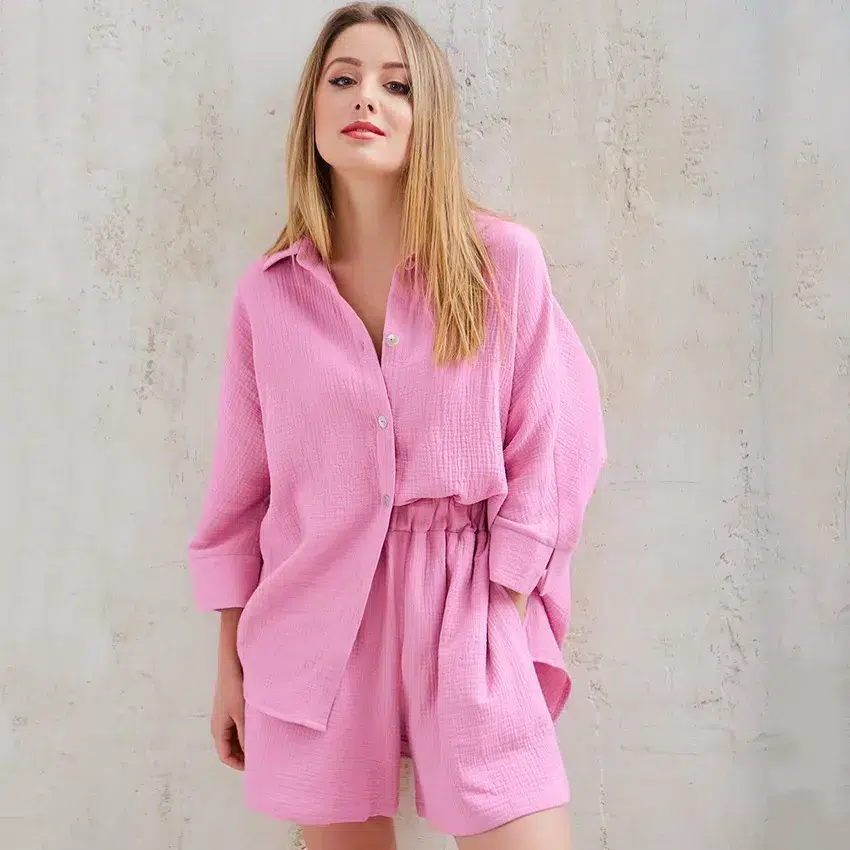
Mastering the basic techniques of knitting begins with casting on and binding off. These fundamental steps are essential for starting and finishing any knitting project, whether it’s a simple scarf or a complex sweater. Casting on involves creating the first row of stitches on your knitting needle, allowing you to begin the process of creating beautiful knitted fabrics. There are various methods for casting on, such as the long-tail cast on, the knitted cast on, and the cable cast on. Each method has its own unique advantages and produces different results, so it’s important to explore and practice different techniques to find the one that works best for your project.
On the other hand, binding off is the technique used to secure and finish your knitting by creating a neat edge. Also called casting off, this process involves removing the live stitches from the needle while creating a final row of stitches. The bound-off edge provides structure and prevents the knitted fabric from unraveling. Similar to casting on, there are multiple binding off methods to choose from, including the basic or standard bind off, the picot bind off, and the stretchy bind off. Each technique yields a different look and elasticity, allowing you to tailor the finishing touch of your project according to your desired outcome. Practice and mastery of both casting on and binding off are crucial for any knitting venture, as they create the foundation and conclusion of your work, framing the unique and intricate patterns that can be achieved with advanced techniques.
Creating Intricate Patterns and Designs with Advanced Knitting Techniques
Knitting enthusiasts who have mastered the basic techniques of casting on and binding off are ready to elevate their skills to the next level. By exploring advanced knitting techniques, such as lace knitting, colorwork, and cables, they can create intricate patterns and designs that truly showcase their talent. These techniques allow for the creation of stunning knitted fabric patterns that are both visually captivating and technically challenging.
Lace knitting, also known as openwork or eyelet knitting, involves creating delicate, airy patterns by strategically increasing and decreasing stitches. This technique can be used to create intricate motifs, like flowers or leaves, or to add a touch of elegance to simple garments. By following a lace knitting chart or pattern, knitters can produce intricate lace designs that appear intricate and complex, even though they are created with just a few basic stitches.
Colorwork, on the other hand, involves integrating multiple colors into a knitted fabric pattern. Fair Isle knitting, for example, is a traditional colorwork technique that originated in the Fair Isle islands of Scotland. It typically involves working with two colors at a time, creating intricate patterns and motifs. Intarsia knitting, on the other hand, allows for the creation of larger, more complex designs by using separate bobbins of yarn for each different color. Through careful color selection and placement, knitters can produce stunning knitted pieces that boast eye-catching patterns and designs.
Cables, another advanced knitting technique, add texture, depth, and visual interest to knitted fabric. By crossing stitches over each other, it is possible to create intricate cable patterns that resemble twisted ropes or braids. Cables can be worked as standalone motifs or combined with other stitch patterns, such as cables in a background of stockinette stitch or lace, to create truly unique and captivating designs. With the right combination of cables and other techniques, knitters can produce garments and accessories that are both visually striking and cozy.
In conclusion, advanced knitting techniques offer a world of possibilities for creating intricate patterns and designs. Whether knitters choose to explore lace knitting, colorwork, cables, or a combination of these techniques, they can elevate their skills and produce knitted fabric patterns that are not only visually stunning but also reflect their creativity and passion for the craft of knitting.
Tips and Tricks for Correcting Common Knitting Mistakes
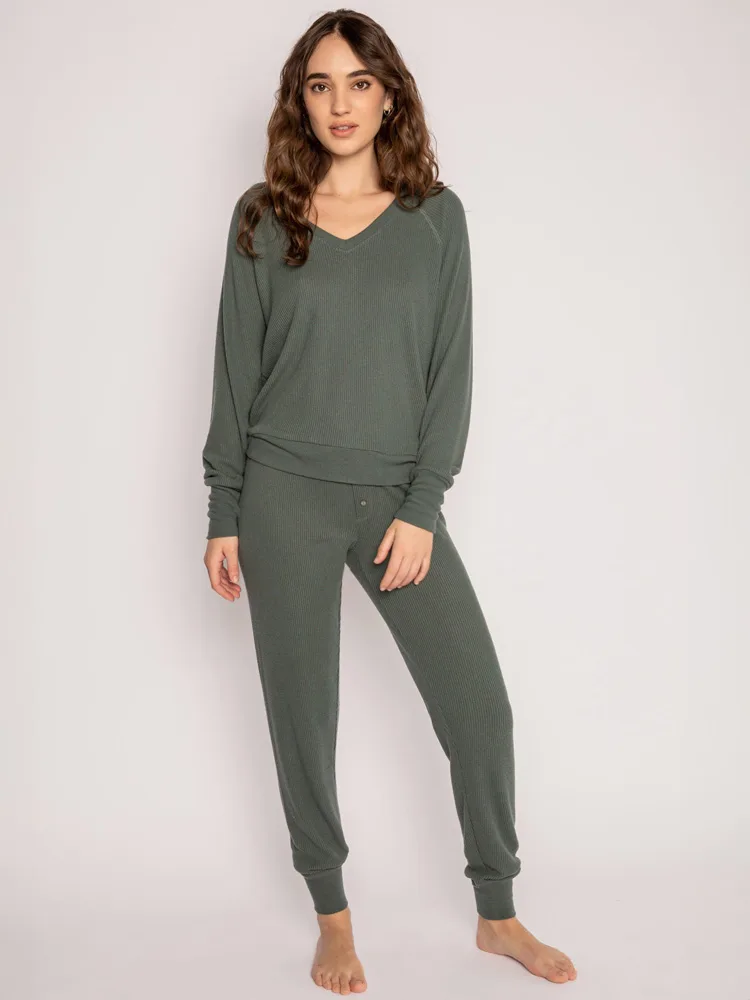
One common mistake that knitters often make is accidentally creating a purl stitch when they intended to create a knitted stitch, or vice versa. This can result in a visible inconsistency in the fabric, making the project look uneven or unprofessional. To correct this mistake, carefully identify the type of stitch that has been incorrectly formed, whether it is a purl stitch in a knitted row or a knitted stitch in a purled row. Use a crochet hook or a knitting needle to carefully drop the stitch down to the mistake, and then use the correct method to re-knit or re-purl the stitch accordingly. Once the mistake has been fixed, continue knitting with the proper stitch to maintain the consistency of the fabric.
Another common mistake is dropping a stitch, which can result in an unraveled row of knitted fabric. To fix this, it is important to catch the dropped stitch as soon as possible to prevent further unraveling. Place a stitch marker or a safety pin at the lowest point where the dropped stitch is located to serve as a reference point. Then, use a crochet hook or a knitting needle to carefully pick up the dropped stitch, working from the bottom row upward. Gently maneuver the stitch back onto the knitting needle, making sure it is not twisted, and continue knitting as usual. Taking care to fix dropped stitches promptly will help maintain the overall integrity and appearance of the knitted fabric.
The Therapeutic Benefits of Knitting: Stress Relief and Mindfulness
Knitting is not only a creative hobby but also a therapeutic activity that promotes stress relief and mindfulness. The repetitive motions involved in knitting have a calming effect on the mind and body, leading to a sense of relaxation and tranquility. As knitters work with their needles and yarn, they enter a meditative state, focusing only on the rhythmic movements and the formation of intricate patterns in the knitted fabric. This concentration helps to clear the mind of worries and distractions, allowing knitters to experience a sense of peace and mental clarity.
In addition to its stress-relieving benefits, knitting also promotes mindfulness. When engaged in knitting, individuals must be fully present in the moment, paying close attention to each stitch and the overall progress of their project. This practice of mindfulness cultivates a heightened awareness of the present moment, as knitters learn to appreciate the texture of the yarn, the colors of their chosen fibers, and the gradual growth of the knitted fabric. By focusing on the task at hand, knitters are able to detach from concerns of the past or future, increasing their overall sense of well-being and contentment.
Knitting for a Cause: How Knitters Contribute to Charity Projects
Knitters around the world have been actively participating in charity projects, utilizing their skills to make a difference in the lives of others. The act of knitting for a cause goes beyond creating beautiful garments – it serves as a powerful way to give back to the community. Through their dedication and craftsmanship, knitters contribute to charity projects by producing various items such as blankets, scarves, hats, and shawls. These carefully crafted pieces not only provide warmth and comfort to those in need but also act as a symbol of care and compassion.
One commonly used technique in knitting for charity projects is the creation of weft knitted fabric. Weft knitting involves the interlocking of horizontal rows of yarn, resulting in a stretchy and versatile material. This type of fabric is ideal for creating items like hats and scarves, as it provides both comfort and insulation. Knitters often choose soft and warm fibers, such as wool or acrylic, to make these items more suitable for cold weather conditions. By utilizing weft knitted fabric, knitters are able to efficiently produce a large number of items, ensuring that more individuals can benefit from their efforts.
Inspiring Knitting Projects: From Scarves to Sweaters and Beyond
Knitting offers endless possibilities when it comes to creating inspiring projects. From cozy scarves and stylish sweaters to intricate lace designs and unique accessories, the world of knitting is brimming with creativity. One of the most captivating projects that knitting enthusiasts can undertake is the creation of a knitted fabric dress.
Designing and knitting a dress requires both skill and imagination. The process begins with selecting the perfect yarn, considering factors such as the drape, weight, and color. Then, the knitter must follow a pattern or create their own, carefully knitting each section of the dress, from the bodice to the skirt. The result is a one-of-a-kind garment that showcases the knitter’s talent and showcases the beauty of hand-knit fashion.
Knitting a dress not only allows for artistic expression, but it also offers the opportunity to create a truly personalized piece of clothing. Whether opting for a classic silhouette or a contemporary design, a knitted fabric dress can be customized to suit any body type or style preference. With attention to detail and a meticulous approach, knitters can transform yarn into a stunning fashion statement that is both stylish and unique.
What is the history of knitting?
Knitting has a rich history that dates back to ancient times. It is believed to have originated in the Middle East around the 5th century AD and spread to Europe in the following centuries.
What are the different types of knitting stitches?
There are several types of knitting stitches, including knit stitch, purl stitch, stockinette stitch, garter stitch, rib stitch, seed stitch, and many more. Each stitch creates a different texture and pattern in the knitted fabric.
What types of yarns and fibers can be used for knitting?
Knitting allows for a wide range of yarns and fibers to be used, such as wool, cotton, acrylic, silk, alpaca, and cashmere. Each type of yarn has its own characteristics and is suitable for different projects.
What tools and equipment are essential for knitting enthusiasts?
Knitting enthusiasts typically need knitting needles, stitch markers, yarn needles, measuring tape, scissors, and a knitting pattern or instructions. Additionally, a knitting bag or organizer can be helpful for storing and transporting knitting supplies.
How do I cast on and bind off in knitting?
Casting on is the process of creating the first row of stitches on the needle, while binding off is the method used to finish a project by securing the last row of stitches. There are various techniques for both casting on and binding off, such as the long-tail cast on and the standard bind off.
How can I create intricate patterns and designs in my knitting?
Advanced knitting techniques, such as cables, lace, colorwork, and intarsia, can be used to create intricate patterns and designs in knitting. These techniques involve manipulating stitches in different ways to achieve desired patterns and textures.
What are some tips for correcting common knitting mistakes?
Common knitting mistakes, such as dropped stitches or twisted stitches, can be corrected by carefully unraveling the work and fixing the mistake stitch by stitch. It is important to pay attention to the direction of the stitches and to use a crochet hook or knitting needle to pick up dropped stitches.
How can knitting provide therapeutic benefits?
Knitting has been known to provide stress relief and promote mindfulness. The repetitive and rhythmic motions of knitting can help calm the mind, reduce anxiety, and improve focus. It can also provide a sense of accomplishment and boost self-esteem.
How do knitters contribute to charity projects?
Knitters often participate in charity projects by knitting items such as hats, scarves, blankets, and baby clothes to donate to those in need. They may join knitting groups or organizations that collect and distribute these handmade items to various charitable causes.
What inspiring knitting projects can I explore?
There are endless possibilities for knitting projects, ranging from simple scarves and hats to more complex sweaters, blankets, and shawls. Other inspiring projects include socks, mittens, toys, and home decor items like pillows and afghans. Let your creativity guide you!

